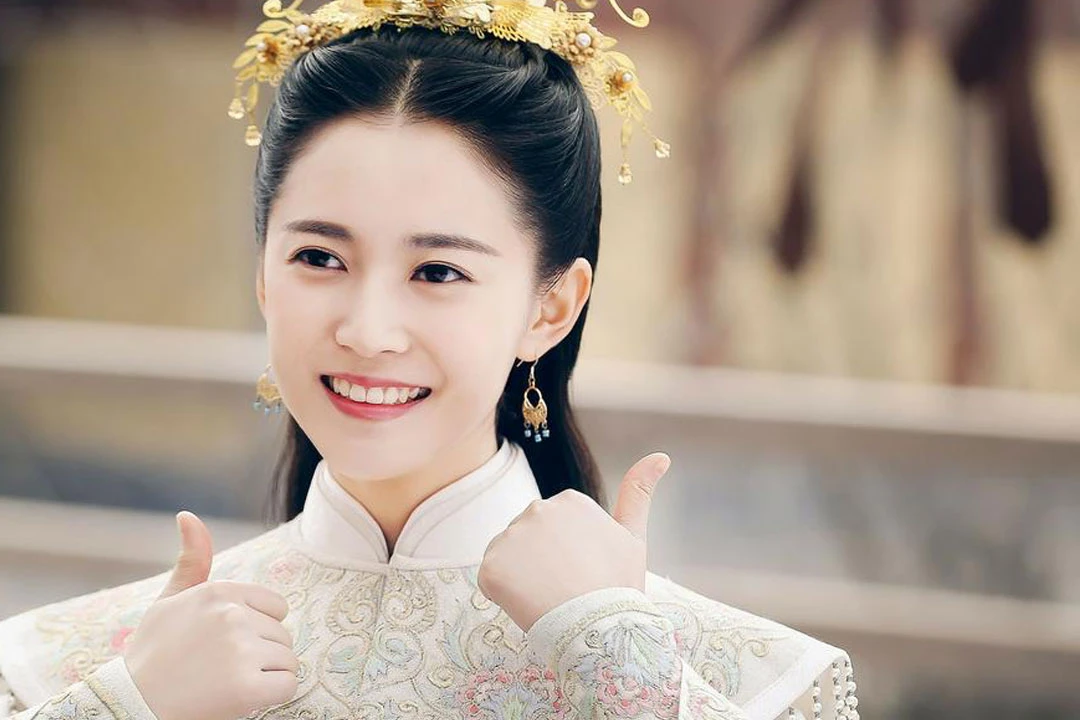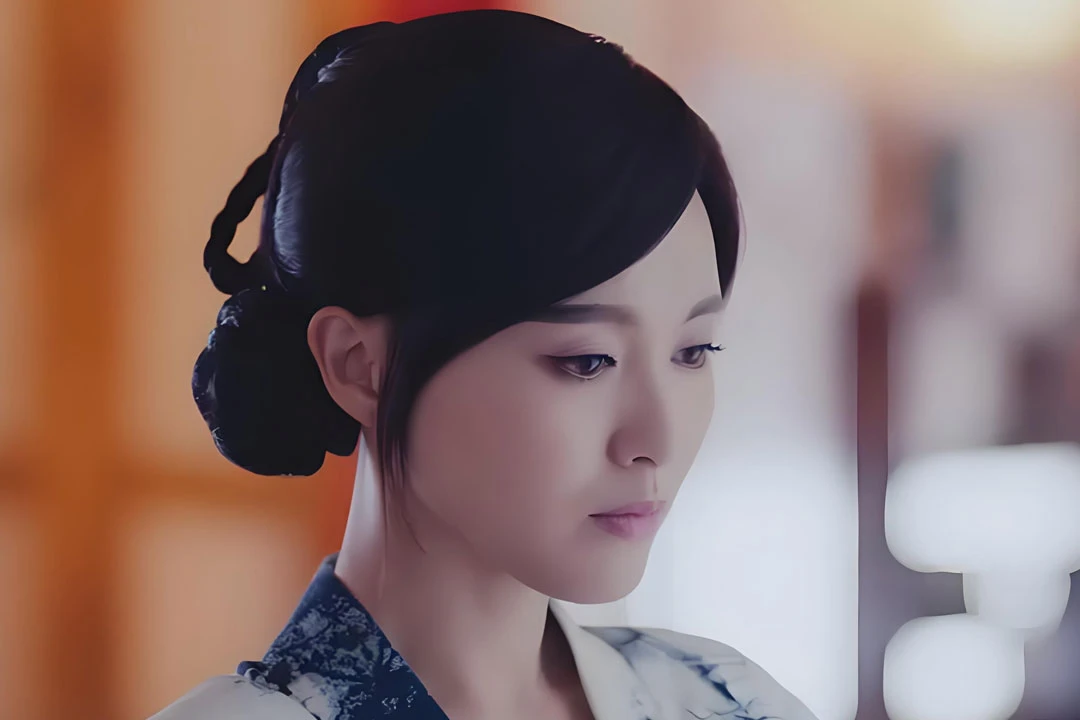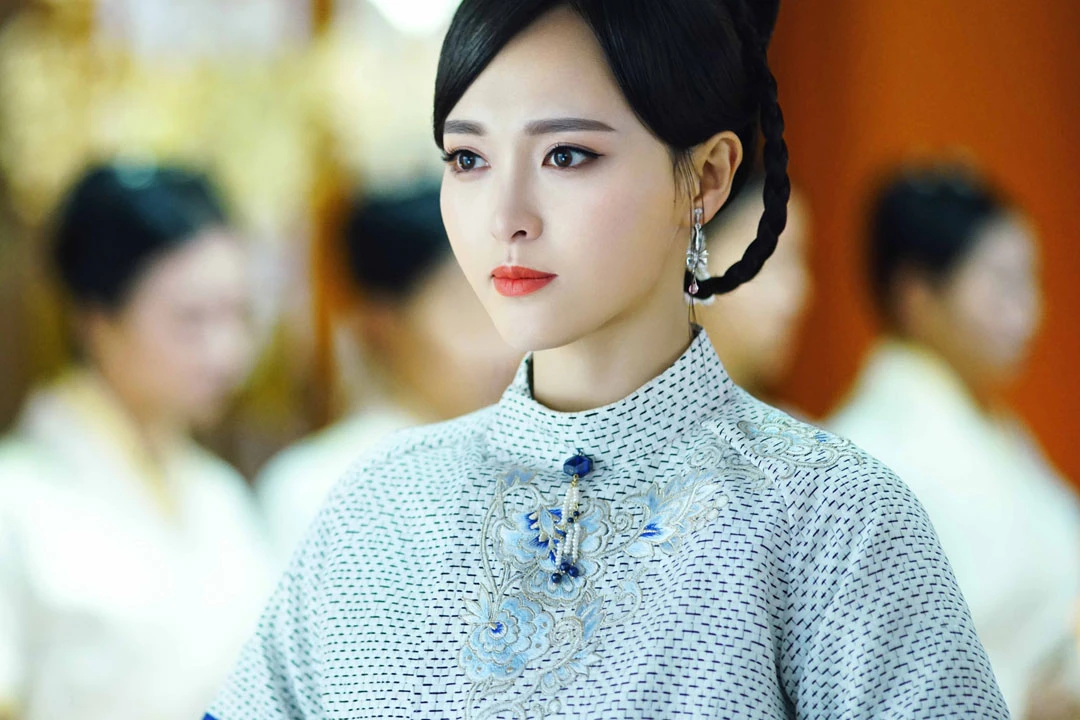From Cinematic Epics to Bite-Sized Clips
In the age of social media and shrinking attention spans, a new breed of content creators has emerged, armed with virtual scissors and a keen eye for narrative. These digital editors, often referred to as "movie condensers" or "highlight reel curators," have taken the internet by storm, distilling hours-long films and multi-episode TV series into bite-sized video snippets that can be consumed in mere minutes.
The phenomenon has become ubiquitous across various social media platforms, with catchy opening lines like "Watch this girl named Xiaomei and the boy next to her called Xiaoshuai" or "Three minutes to watch an entire movie" becoming instantly recognizable to millions of users. These condensed versions offer viewers a quick fix of entertainment, summarizing complex plotlines and showcasing memorable scenes in a fraction of the original runtime.
At first glance, this trend seems like a win-win situation. Viewers get to enjoy the essence of popular media without committing hours of their time, while content creators build sizeable followings by catering to this demand for quick consumption. However, beneath the surface of this seemingly harmless practice lies a complex web of legal and ethical issues that threaten to unravel the entire ecosystem.
The case of a popular Chinese period drama, "The Princess Weiyoung," (锦绣未央) serves as a cautionary tale for aspiring video editors. The drama, starring Tang Yan, Luo Jin, and other notable actors, became the center of a legal battle when a social media account with 44,000 followers began posting unauthorized clips from the show. These snippets, ranging from a few seconds to three minutes in length, were accompanied by enticing titles that summarized key plot points and character interactions.

The copyright holders of "The Princess Weiyoung," including Tencent's subsidiaries in Shenzhen, Beijing, and Tianjin, took legal action against the account owner, identified as Dai. The plaintiffs argued that Dai's actions infringed upon their exclusive right to disseminate the work through information networks, a right protected under Chinese copyright law.
The court's ruling in favor of the plaintiffs, ordering Dai to cease the infringing activity and pay 50,000 yuan in damages, sends a clear message to content curators across the digital landscape. It highlights the fine line between creative reinterpretation and copyright infringement, a distinction that many online editors may have previously overlooked or underestimated.
This case is not an isolated incident but rather a symptom of a larger trend in digital content consumption. As viewers increasingly turn to condensed versions of movies and TV shows, the demand for such content has skyrocketed. However, this shift in viewing habits poses significant challenges to the traditional entertainment industry, which relies on full-length viewership for revenue generation and artistic integrity.
The legal implications of unauthorized video editing extend beyond simple copyright infringement. Article 10 of the Copyright Law of the People's Republic of China outlines various rights granted to copyright holders, including the right to modify, protect the integrity of the work, disseminate through information networks, and adapt the work. These rights are particularly relevant to the practice of video condensing, as editors often alter the original work's structure, pacing, and sometimes even its intended message.
While some argue that these condensed versions fall under fair use or serve as promotional material for the original content, the line between transformation and infringement remains blurry. The court's decision in the "Princess Weiyoung" case suggests that when these edited clips effectively replace the need to watch the original work, they cross into the territory of copyright violation.
However, the issue is not black and white. The rise of video condensers also points to a shift in audience preferences and consumption patterns that the entertainment industry cannot ignore. In a world where time is increasingly valuable, and content options are endless, viewers are drawn to formats that allow them to experience stories efficiently.
Navigating the Legal Minefield of Online Video Editing
This trend presents both a challenge and an opportunity for content creators and distributors. On one hand, they must protect their intellectual property and ensure that their work is consumed as intended. On the other hand, they need to adapt to changing viewer habits and explore new ways of presenting their content that align with these preferences.
Some forward-thinking production companies have started to embrace this trend by creating official condensed versions of their content or collaborating with popular video editors to produce authorized summaries. This approach allows them to maintain control over their intellectual property while catering to the demand for quick-consumption content.
For aspiring video editors and content curators, the legal landscape surrounding their craft may seem daunting. However, there are ways to navigate these challenges while still pursuing their creative passion. The key lies in adding substantial original content and commentary to the clips they use, transforming their work from mere reproduction to critique or analysis.
By focusing on providing unique insights, personal reactions, or in-depth explanations of filmmaking techniques, video editors can potentially fall under the umbrella of fair use or transformative work. This approach not only helps in avoiding legal issues but also adds value to the viewer's experience, offering more than just a condensed version of the original content.
As the digital landscape continues to evolve, so too must our understanding of copyright law and creative expression. The case of "The Princess Weiyoung" serves as a reminder that in the fast-paced world of online content, creators must be vigilant about the legal implications of their work.
Ultimately, the future of digital content curation lies in striking a balance between creativity and respect for intellectual property. As viewers, creators, and copyright holders navigate this new terrain, the hope is that innovative solutions will emerge that satisfy the audience's appetite for condensed content while preserving the integrity and value of original works.
In this ever-changing digital ecosystem, one thing remains clear: the art of storytelling, whether in long-form or bite-sized pieces, will continue to captivate audiences. The challenge now is to ensure that this art can flourish within a framework that respects the rights of all stakeholders in the creative process.


